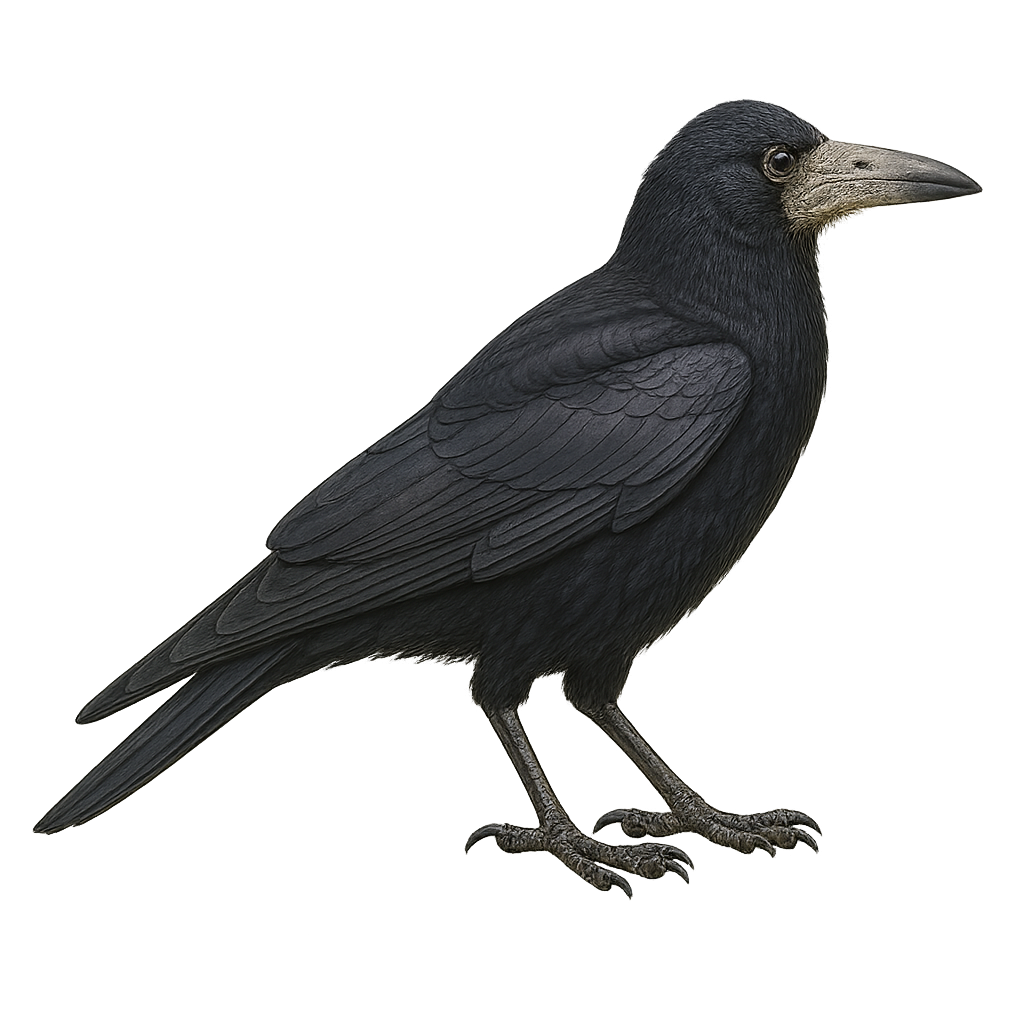Your wildlife photography guide.
Explore the rook in detail, study its behavior, prepare your shots.
Where to observe and photograph the rook in the wild
Learn where and when to spot the rook in the wild, how to identify the species based on distinctive features, and what natural environments it inhabits. The WildlifePhotographer app offers tailored photography tips that reflect the rook’s behavior, helping you capture better wildlife images. Explore the full species profile for key information including description, habitat, active periods, and approach techniques.
Rook
Scientific name: Corvus frugilegus

IUCN Status: Least Concern
Family: CORVIDAE
Group: Birds
Sensitivity to human approach: Tolerant
Minimum approach distance: 10 m
Courtship display: March to April
Incubation: 16-20 jours
Hatchings: March to May
Habitat:
Fields, meadows, urban areas
Activity period :
Primarily active during the day, with peak activity in the morning and late afternoon.
Identification and description:
The Rook, Corvus frugilegus, is a member of the crow family, easily identified by its glossy black plumage and strong beak. It is often seen in flocks in fields and meadows, feeding mainly on seeds, insects, and small animals. Known for its intelligence, the Rook can use tools to access food. It builds its nests high in trees, forming noisy colonies. Although commonly associated with rural areas, it adapts well to urban environments. Its presence is often seen as an indicator of ecological health, as it plays a crucial role in controlling insect populations.
Recommended lens:
400mm – adjust based on distance, desired framing (portrait or habitat), and approach conditions.
Photography tips:
To photograph the Rook, it's advisable to use a telephoto lens of at least 400mm to capture detailed images without disturbing the bird. Look for places where they gather, such as fields or urban parks. Be patient and wait for them to perch or interact with each other to get interesting shots. Morning or late afternoon light is ideal to highlight their glossy black plumage.
The WildlifePhotographer App is coming soon!
Be the first to explore the best nature spots, track rutting seasons, log your observations, and observe more wildlife.
Already 1 430 wildlife lovers subscribed worldwide

